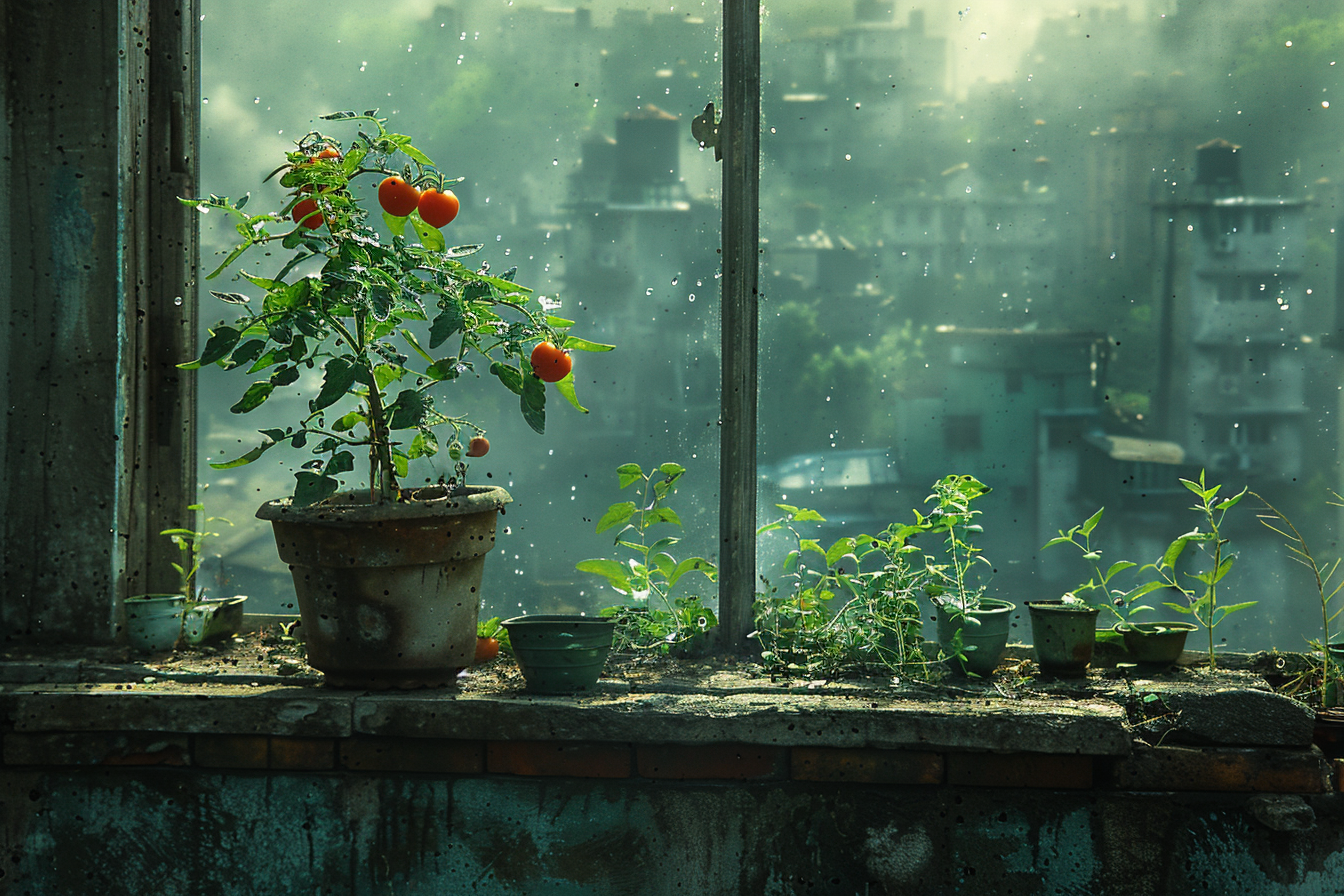Have you ever been excited about your homegrown tomatoes only to discover a disheartening, sunken, and rotten patch at the fruit’s bottom? Welcome to the world of “Preventing Blossom End Rot in Tomatoes: Causes, Symptoms, and Treatments,” a common yet preventable problem in gardening.
What is Blossom End Rot?
Blossom End Rot (BER) is not a disease but a physiological disorder affecting tomato plants. It typically manifests as a leathery, brown, or black patch at the bottom of the fruit. This condition can lead to significant loss of yield and, let’s be honest, heartbreak for any tomato lover. Understanding the causes is the first step in preventing Blossom End Rot in tomatoes.
Causes of Blossom End Rot
The primary cause of Blossom End Rot in tomatoes is calcium deficiency, often due to uneven water supply. While your soil might have enough calcium, if your plants aren’t getting consistent watering, they can’t take up and transport calcium to the fruit. Factors such as high nitrogen fertilization, rapid plant growth, and damaged roots can also contribute to the problem.
Symptoms of Blossom End Rot
Identifying Blossom End Rot in tomatoes early is crucial. The initial symptom is a small, water-soaked spot at the blossom end of the fruit. This spot darkens, enlarges, and becomes sunken as the fruit matures. Recognizing these symptoms early can help you take action to prevent further damage.
Effective Treatments and Preventive Measures
Consistent Watering
Maintaining a consistent watering schedule is key to preventing Blossom End Rot in tomatoes. Ensure your plants receive 1 to 1.5 inches of water per week, and consider using mulch to retain soil moisture.
Soil Management
Test your soil to ensure it has adequate calcium levels. If necessary, amend your soil with lime or gypsum to increase calcium availability.
Fertilization
Avoid excessive nitrogen-rich fertilizers, as they can exacerbate calcium uptake problems. Opt for a balanced, slow-release fertilizer to encourage healthy growth without overwhelming your plants.
Proper Planting
Plant tomatoes in well-drained soil to prevent waterlogged conditions, which can harm roots and hinder calcium uptake.
Mulching and Weeding
Apply mulch to conserve moisture and reduce temperature fluctuations in the soil. Keep the garden free of weeds that can compete with your tomatoes for nutrients.
Frequently Asked Questions on Preventing Blossom End Rot in Tomatoes
How Quickly Can I See Improvement After Treating Blossom End Rot?
Once you correct the environmental conditions causing Blossom End Rot in tomatoes (such as improving watering practices and adding calcium to the soil), new fruits should develop without the condition. However, already affected fruits will not recover. Focus on the new growth for signs of improvement.
Can Overwatering Cause Blossom End Rot?
Yes, overwatering can contribute to Blossom End Rot in tomatoes. It leads to poor root health, making it difficult for the plant to absorb calcium. Aim for consistent, moderate watering to keep the soil evenly moist but not waterlogged.
Is Blossom End Rot Contagious?
No, Blossom End Rot is not a disease and is not contagious. It is a physiological disorder caused by environmental factors, primarily related to water and calcium uptake.
Can I Use Epsom Salt to Treat Blossom End Rot?
Epsom salt adds magnesium, not calcium, to the soil. While magnesium is important for plant health, it’s not a remedy for Blossom End Rot, which is caused by a lack of calcium. Use calcium-based amendments instead.
Should I Remove Affected Fruits?
Yes, removing affected fruits can help the plant redirect its energy to developing healthy new fruits. While it’s disheartening to remove tomatoes, this can lead to a better yield overall.
Can Other Plants Get Blossom End Rot?
Yes, Blossom End Rot can also affect other fruits and vegetables, particularly those in the nightshade family like peppers, eggplants, and squash. The preventive measures and treatments remain similar across different plants.
How Do I Know if My Soil Lacks Calcium?
A soil test is the best way to determine if your soil lacks calcium. Home testing kits are available, or you can send a soil sample to a local extension service for analysis.
Can I Prevent Blossom End Rot in Containers?
Yes, preventing Blossom End Rot in tomatoes grown in containers follows the same principles as in-ground plants. Ensure your containers have good drainage, use a well-balanced potting mix, and maintain consistent watering and fertilization practices.
If you have more questions or need specific advice on preventing Blossom End Rot in tomatoes, feel free to ask!

Leave a Reply